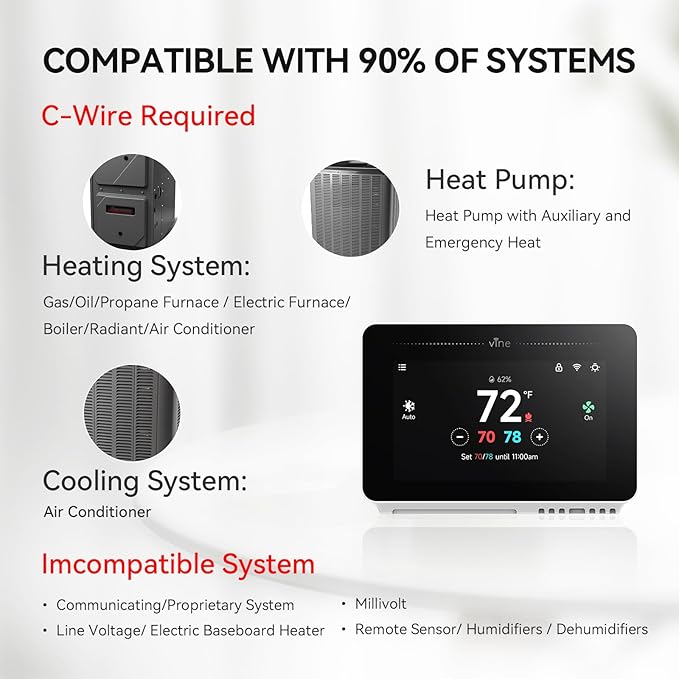Is Geothermal Heating Good? Advantages and Disadvantages of Geothermal Heating
Advantages of Geothermal Heating
- Healthy and Comfortable
Geothermal underfloor heating ensures an even indoor surface temperature, creating a warm-feet, cool-head environment that enhances comfort. This system promotes blood circulation, improves metabolism, and reduces air convection, leading to cleaner indoor air. - High Efficiency and Energy Saving
By concentrating heat at a level beneficial to the human body, geothermal heating minimizes heat loss during transmission. The low-temperature radiant heating system allows for zonal, household, or room-specific controls, enabling users to adjust settings individually and save energy effectively. - Enhanced Aesthetics
Geothermal heating eliminates the need for visible radiators and pipes, freeing up space for decoration and reducing hard-to-clean areas, thus improving the overall aesthetic of living spaces. - Excellent Thermal Stability
The large heat storage capacity of the ground and concrete layers provides excellent thermal stability. As a result, indoor temperatures remain consistent, even during intermittent heating. - Long Service Life
The PERT pipes used in geothermal heating are buried underground, offering good stability, resistance to corrosion, and protection from external damage. This results in a long service life, reducing maintenance and replacement costs.
Disadvantages of Geothermal Heating
- Reduction in Floor Height
Geothermal heating systems require insulation boards (30mm thick) and a bean stone concrete filling layer (50mm thick), resulting in a total system thickness of 80mm. This can reduce the effective indoor floor height. - Limited Repairability
As a concealed system, geothermal heating is challenging to repair. High-quality pipes with excellent pressure, temperature, and corrosion resistance should be used during installation to reduce the risk of damage. Additionally, during renovations or secondary decorations, the underground pipes can be easily damaged, making it inconvenient to modify floors. It’s also crucial to avoid setting excessively high temperatures, as this can shorten the lifespan of the pipes. - Constraints in Small Spaces
In areas like bathrooms, the complex heating pipeline system can be difficult to install. Proper waterproofing must be done both before and after the floor heating coils are laid. The smaller the space, the more challenging it becomes to achieve the desired heating standard. - Scaling Issues
After 2–4 years of operation, the floor heating pipelines may develop scale, which can reduce the heating efficiency. Professional equipment is required to clean the system periodically to maintain optimal performance.
Geothermal heating offers numerous benefits, such as comfort, energy efficiency, and durability. However, its limitations, including reduced floor height, repair challenges, and maintenance requirements, should be carefully considered before installation.

